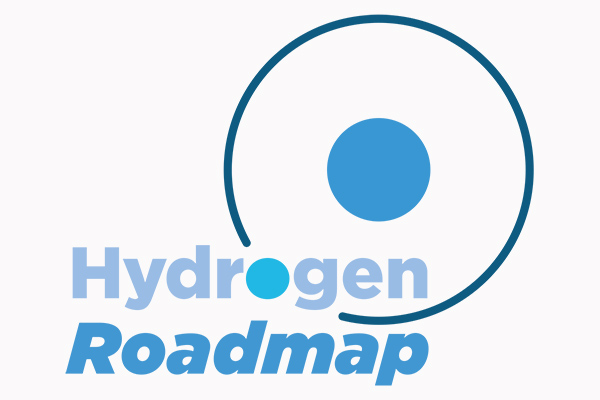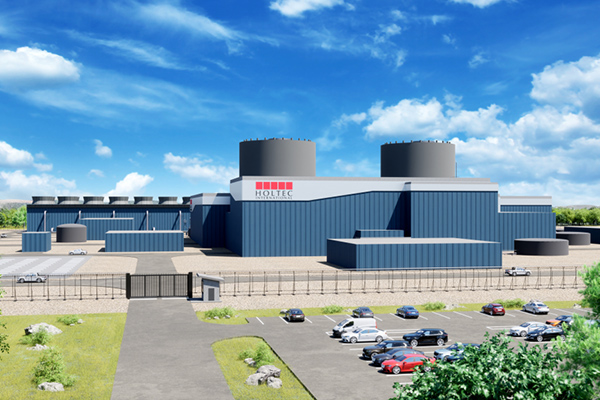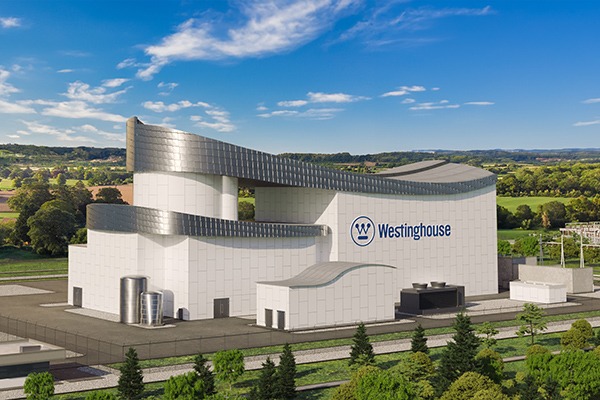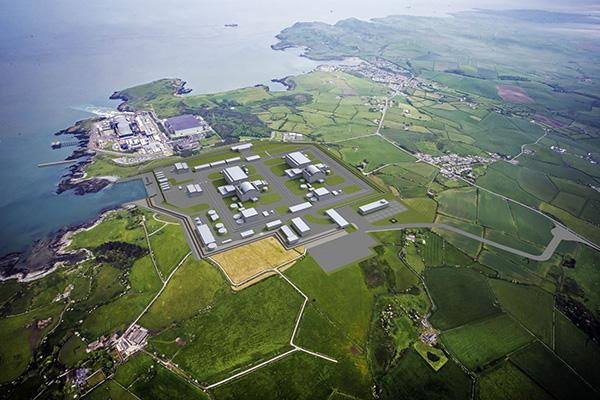Nuclear power could produce a third of the UK’s clean hydrogen needs by 2050, according to a new Hydrogen Roadmap agreed by the Nuclear Industry Council.
The roadmap outlines how nuclear power plant – including both gigawatt-scale reactors, and new designs of small modular reactor (SMR) – can produce both the electricity and the heat necessary to produce emissions-free hydrogen.
Nuclear stations also provide a constant, reliable supply of power that allows electrolysers to operate more efficiently, cutting production costs. Existing large-scale reactors could produce green hydrogen today at scale through electrolysis, as could the next generation of gigawatt-scale reactors.
EDF Energy has outlined plans to integrate hydrogen production with its proposed power plant at Sizewell in Suffolk.
“If Sizewell C gets the go-ahead, an electrolyser powered by Sizewell B could allow us to make fuel for H2 vehicles and plant for the construction, and it could kickstart a whole new hydrogen market in the East of England,” says Julia Pyke, director of financing for Sizewell C. “In the longer term, Sizewell C could produce large amounts of green hydrogen and bring added flexibility to the energy system.”
SMRs, the first unit of which could be deployed within the next ten years, would unlock further possibilities for green hydrogen production near industrial clusters.
“It is exciting to see both industry and government embody climate leadership by acknowledging the important role that nuclear can and must play in generating clean green hydrogen,” said Tom Samson, interim chief executive of the UK SMR consortium, which includes the Nuclear AMRC. “Our SMR technology can produce cost-competitive green hydrogen and will play an increasingly important role in the clean energy transition for transport, heat and industrial sectors across the UK, as well as creating enormous export opportunities to enable other countries to also benefit from a compelling SMR-to-hydrogen solution.”
New designs of high-temperature advanced modular reactor (AMR), such as Urenco’s U-Battery, will generate enough heat to split water without diverting electricity. The ability to generate both power and hydrogen would cut costs further, add flexibility, and allow co-location of reactors with industry to aid further decarbonisation. The UK government has targeted an AMR demonstrator by the early 2030s.

The roadmap estimates that 12–13GW of nuclear reactors of all types could use electrolysis, steam electrolysis using waste heat and thermochemical water splitting to produce 75TWh of green hydrogen by 2050. The Climate Change Committee estimates that the UK could need up to 225TWh of hydrogen per year to hit its net zero target.
The report identifies some near-term steps to support nuclear-hydrogen development:
- Funding for electrolyser research and grants to zero-carbon generators of all kinds, including nuclear, to install electrolysers.
- Ambitious carbon pricing to make green hydrogen more competitive.
- Five-year R&D AMR funding settlements to support the government’s target of a demonstrator by the early 2030s.
- Inclusion of nuclear-produced hydrogen in the government’s Net Zero Hydrogen Production Fund and the Renewable Fuels Transport Obligation.
- Agreement of a new financing model to cut the cost of capital for new nuclear projects, and thus the cost of electricity for hydrogen production.
“Nuclear power should be right at the heart of green hydrogen production, alongside renewable technology,” says Tom Greatrex, chief executive of the Nuclear Industry Association. “Nuclear reactors offer the innovative solutions we need to decarbonise sectors beyond electricity as part of a robust net zero mix, starting today and going into the future. We are pleased the government has recognised that potential, and look forward to working with them and other partners to create a strong framework for green hydrogen production.”
The Nuclear Industry Council sets strategic priorities for government-industry collaboration to promote nuclear power in the UK. Members come from industry, government, regulators and research organisations, including Nuclear AMRC CEO Andrew Storer.
- Download the Hydrogen Roadmap from the NIA site.
- Why hydrogen needs nuclear – the Nuclear AMRC’s Neil Murray explains why nuclear holds the key to an affordable low-carbon hydrogen economy.




